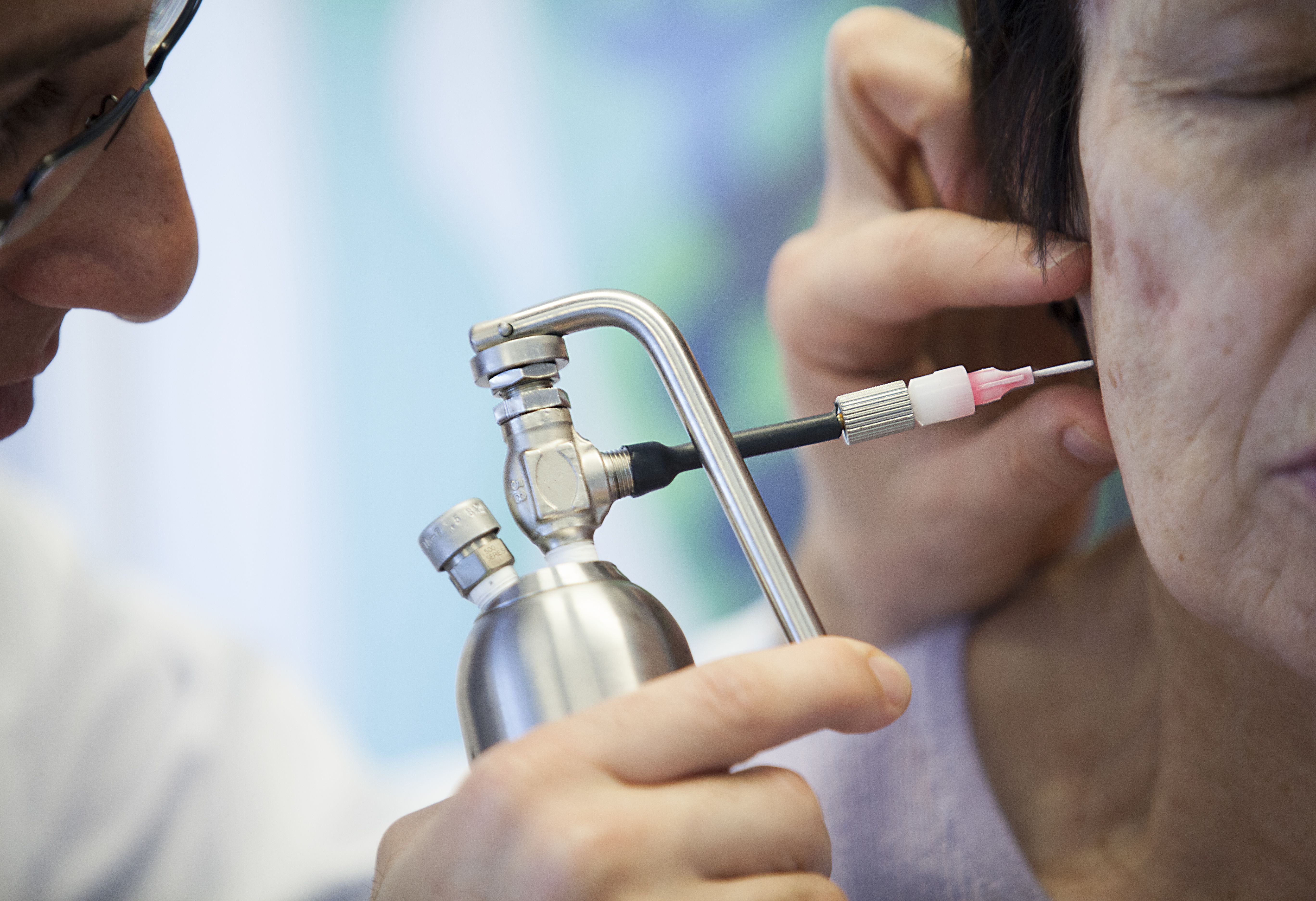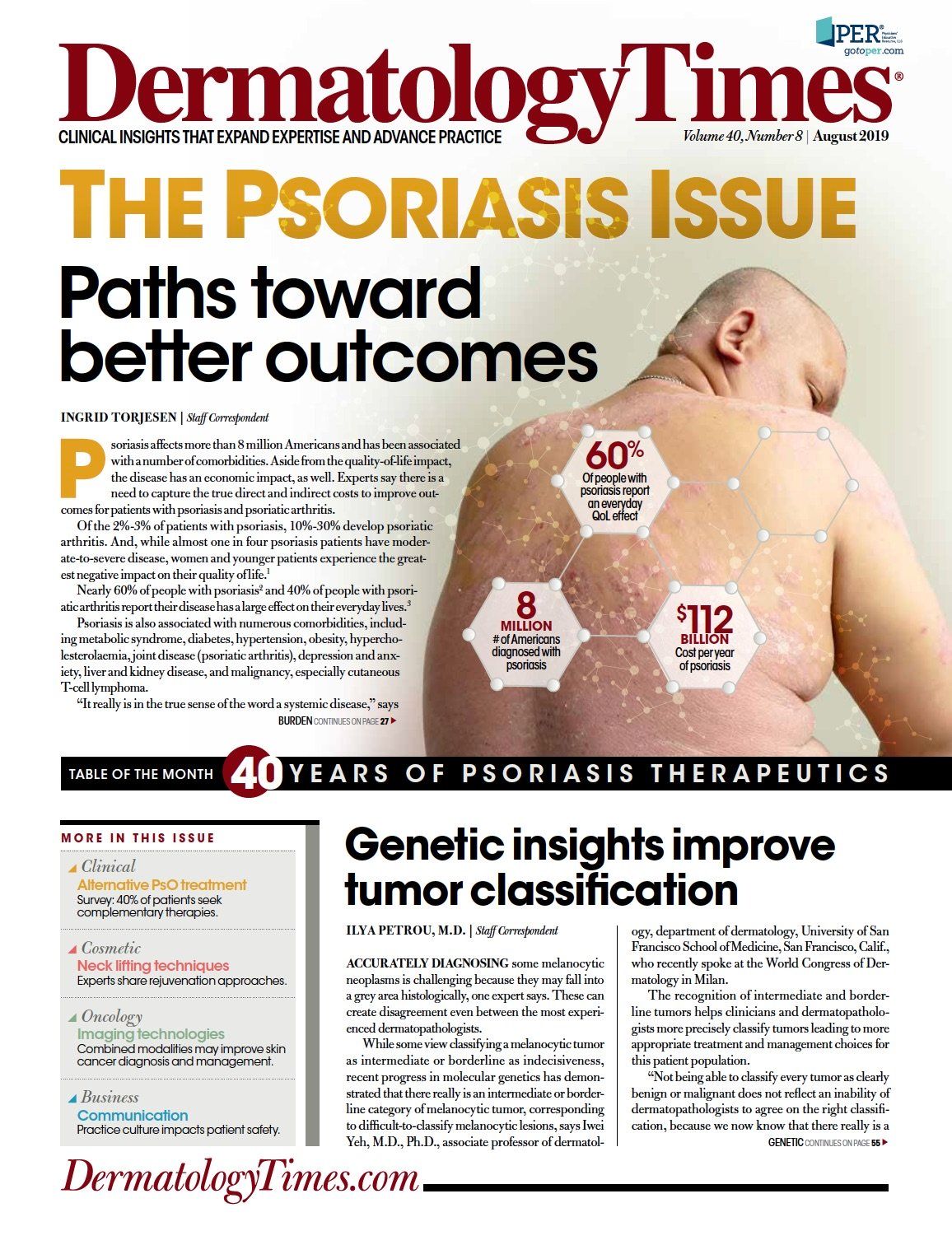- Case-Based Roundtable
- General Dermatology
- Eczema
- Chronic Hand Eczema
- Alopecia
- Aesthetics
- Vitiligo
- COVID-19
- Actinic Keratosis
- Precision Medicine and Biologics
- Rare Disease
- Wound Care
- Rosacea
- Psoriasis
- Psoriatic Arthritis
- Atopic Dermatitis
- Melasma
- NP and PA
- Skin Cancer
- Hidradenitis Suppurativa
- Drug Watch
- Pigmentary Disorders
- Acne
- Pediatric Dermatology
- Practice Management
- Prurigo Nodularis
- Buy-and-Bill
Publication
Article
Dermatology Times
Preserving medically-oriented dermatologists
Author(s):
Medical dermatologists are a vital part of overall quality care, but the financial draw of procedural and aesthetic practices are making it harder for these types of physicians to thrive, says Dr. Levine.
I have come to believe that many patients want to maximize their appearance and aesthetic dermatologists can be very helpful in this endeavor and can please their patients in a major way. My point is that these activities have the unintended consequence of financially squeezing out the medical portion of our specialty. (RFBSIP - stock.adobe.com)

Dr. Levine

Recently, I had occasion to talk with an individual who recruits senior dermatology residents for practices throughout the United States. He is familiar with my practice and indicated that if I were ever to attempt to add an associate who would ultimately buy the assets of the practice when I retire, it would be extremely difficult - if not impossible - to find someone who would be interested in the opportunity.
The simple reason is that the salaries that these newly minted dermatologists command would be too high to support the addition of a medically-oriented person, which would be necessary in a practice like mine. Incidentally, the starting salary would be for more money than I have ever earned in my professional career.
After absorbing this troubling fact of life, I began to contemplate the implications for dermatology as a specialty. There is clearly a market-driven value placed on dermatologists and I strongly suspect that the procedural and aesthetic practices are so profitable and the demand for services is so great in many parts of the country that the increased compensation for all new dermatologists has skyrocketed because of this.
There is ample evidence of this trend in many practices with which I am familiar. Nurse practitioners and physician assistants are performing many of the tasks that fully-trained dermatologists have historically performed. These physician extenders funnel patients who request aesthetic services to the dermatologists who can make a significant amount of money in this cash-only business. The more dermatologists who are at the end of this pipeline, the greater the income for the practice.
I know that many individuals will vigorously dispute this notion and might feel insulted that the services they perform are viewed as for-profit only. I do not mean to insinuate this at all. I have come to believe that many patients want to maximize their appearance and aesthetic dermatologists can be very helpful in this endeavor and can please their patients in a major way. My point is that these activities have the unintended consequence of financially squeezing out the medical portion of our specialty.
I can state with 100% assurance, however, that many patients prefer that their dermatologic problems be managed in a medically-oriented practice that does not sell products in the office or offer aesthetic services at all. Medical dermatologists can maintain an “old-fashioned” office environment where it appears less like a business and more like a group of genuinely caring people interested in improving the lives of their patients. I think we are all aware of the different “vibes” of the various practices in our communities. If you do not already know, your patients will tell which practices are run like an assembly line, which try to sell products to all of the customers, and which take the time to address the legitimate needs without aggressively finding lesions to treat.
In short, medically-oriented dermatologists are a vital part of overall quality medical care, and it would be sad if they disappeared altogether. Although the momentum is against this form of health care delivery, there are alternative strategies (albeit impractical ones) which might be worth considering. Here are a few suggestions:
- Change the reimbursement system that currently rewards procedures over “intellectual” care (my personal favorite idea, for selfish reasons). Payments could also be based, in part, on the time spent with a patient rather than what procedure is performed during the visit.
- Is treating three actinic keratoses with cryotherapy over 30 seconds really more valuable than a 15-minute discussion of the merits and pitfalls of using topical fluorouracil?
- Add more residency slots in university training programs, preferably at institutions which emphasize the medical aspects of the discipline. Increased numbers of graduates will possibly tilt the balance away from too many practices chasing too few potential associates.
- Develop additional fellowships in medical dermatology. A few high quality programs already exist and appear to be successful in training future leaders in medical dermatology.
- Consider changing the rules regarding individuals not being allowed to take more than one Medicare-sponsored residency. In the past, well-trained internists clamored to be accepted into dermatology residency programs. With that internal medicine background and interest, our specialty was greatly enriched by their knowledge and past experience, and many became some of our best medically-oriented dermatologists. This all changed when Medicare chose to balk at supporting more than one residency per person. This could be changed with persuasive arguments made by the leaders in dermatology. Many who read this editorial will be of the opinion that change is inevitable and those who fail to accommodate new realities will have to step aside for others.
I disagree that the evolution from a great system of healthcare delivery to one where medical care may suffer is a certainty, if only we work to preserve the best of what we have to offer.







